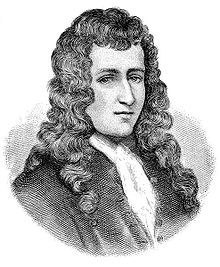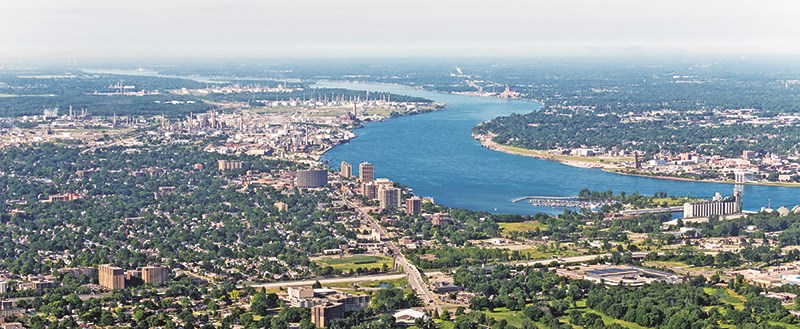 It is a mystery that we may have to blame on Sarnia’s earliest settlers.
It is a mystery that we may have to blame on Sarnia’s earliest settlers.
Seventeenth century North American explorers were obsessed with finding a shortcut to the fabled riches of China. The first European to sail our local waters was no exception.
Rene-Robert Cavelier, Sieur de La Salle (1643-1687) was a French fur trader who sailed from the port of Rouen to search the Great Lakes to find the elusive passage to the Orient.
In 1679, La Salle constructed the 45-ton sailing ship, Le Griffon. Known as a barque, Le Griffon was armed with seven cannons. She was launched on the Niagara River above Niagara Falls.
Griffon’s exact dimensions are unknown. She was believed to be thirty to forty feet long with a ten to fifteen foot beam. Square-sailed, she may have carried one or two masts.

Griffon was destined to become the largest vessel ever seen on the Great Lakes waters to that time.
In August of 1679, Le Griffon set sail up the Niagara River through uncharted waters that had previously seen only the canoes of the indigenous people. On August 7, La Salle entered Lake Erie and the mouth of the Detroit River.
On August 12, as she continued to approach what someday would be Sarnia, Le Griffon entered a shallow lake.
The French, in those days, were devoted Roman Catholics. La Salle’s own brother, Jean Cavalier, was a Sulpician priest.
As August 12 was the Roman Catholic feast day of St. Clare of Assisi, La Salle named the shallow waters Lake St. Clare. The river that he sailed into next, he called the St. Clare River.
So what happened? These are not the spellings by which we know Lake St.Clair and the St. Clair River today.
Orlo Miller, who wrote the book “the point” in 1978 for the centennial of the Village of Point Edward, thinks the Scots may be to blame.
Three men are considered to be the official “founders” of Sarnia – despite the fact that three French squatter families were here first.
Richard Emeric Vidal and George Durnad were both English. But the third, Malcolm Cameron, was a Scot.
An influential member of the Legislative Assembly, Cameron successfully promoted settlement to the area – particularly among his former Scottish neighbours in Perth County.
Miller speculates that the common Scottish name “Sinclair” (translated to English: St. Clair) may have altered, over time, the spelling historically assigned to the river on our western shores, and also the lake bearing the same name.
Most people won’t care. But for a historian, the incorrect spelling will just never look right.
